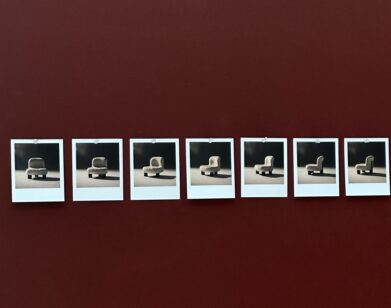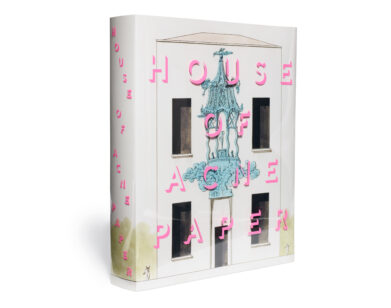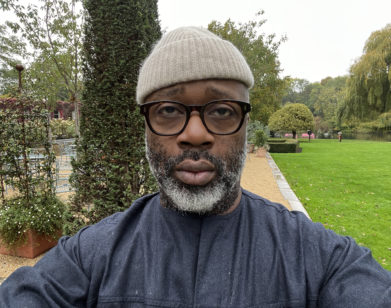Skipping Down Virgil Abloh and Vitra’s Orange Brick Road
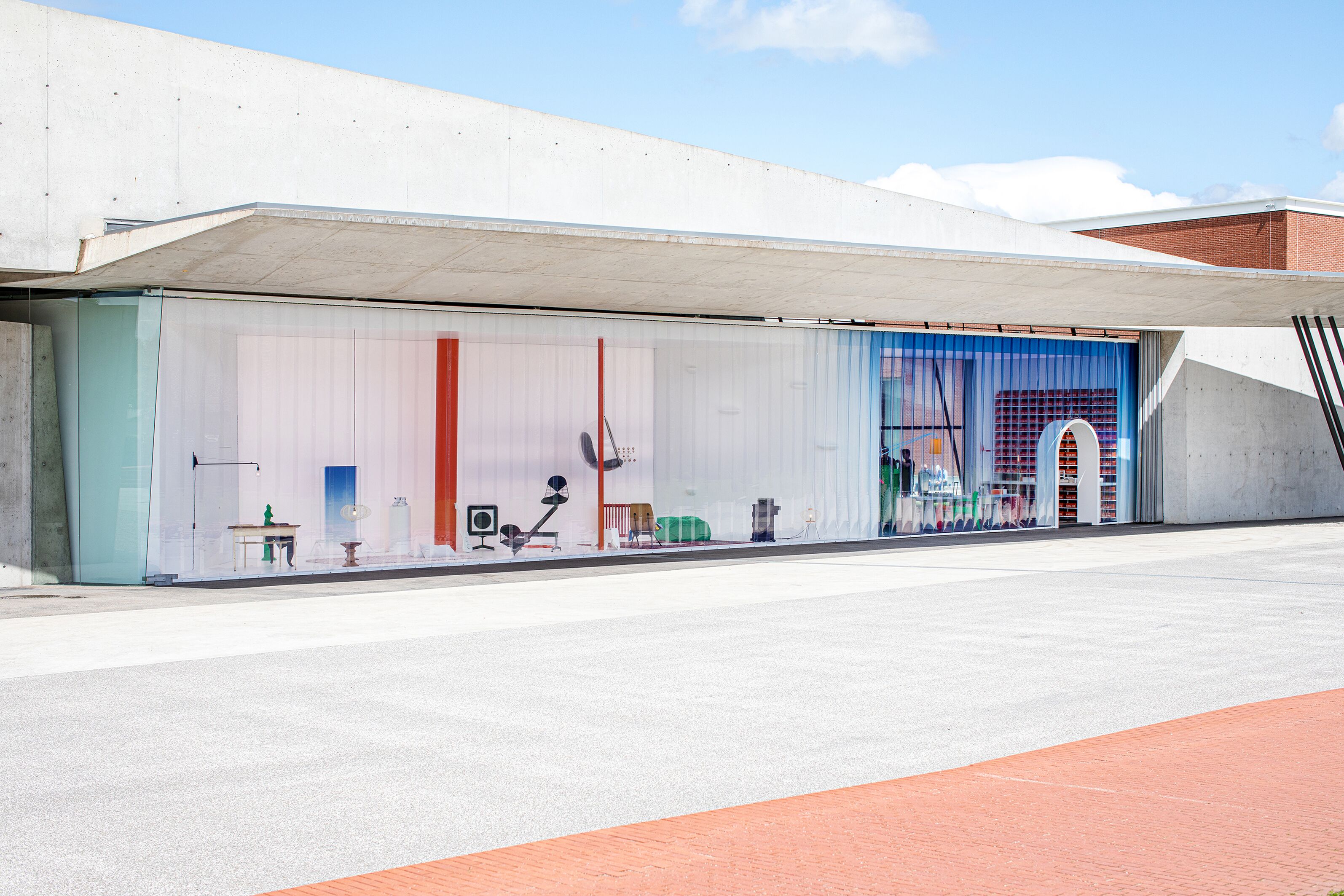
Photo by Dejan Jovanovic.
A couple miles outside of Basel, during the city’s infamous art fair, a joining of cultural houses took place in a deconstructed firehouse. The event was to launch a collection of objects designed by Interview’s resident Young Thug whisperer, Virgil Abloh, for the Swiss furniture giant Vitra, who hosted hundreds of attendees for the unveiling at their industrial campus in Weil am Rhein. For myself personally, the pilgrimage was a closing of the loop. In 2017, I spent some time with the Off-White designer, pondering what a future populated by adult versions of today’s streetwear-hoarding teens would look like. For example, would the wine glasses and credenzas of tomorrow be tie-dye or have upside-down Yankees logos on them? In response, Abloh told me in his fortune cookie-like way of speaking: “Brands are only as old as the people who direct them.”
Two years later, Abloh’s Vitra installation “TWENTYTHIRTYFIVE” seems to actually answer some of these questions. Set 16 years in the future, “TWENTYTHIRTYFIVE” is the designer’s take on what the bachelor pad of the future would look like, bedecked with West African stools, a Vitra seesaw, and a pair of sneakers literally on a pedestal. Inside were Abloh’s three newly designed objects for the brand: versions of architect Jean Prouvé’s Antony Chair and Potence Lamp, as well as a ceramic cinder block in traffic-cone orange. Seeing the legendary French designer’s work remixed in this context snapped together how the object-hungry, provenance-doting culture of streetwear could so easily find a home in furniture. If you blended Hypebeast and Architectural Digest into a smoothie, Abloh’s creamsicle objects are what it would look like.
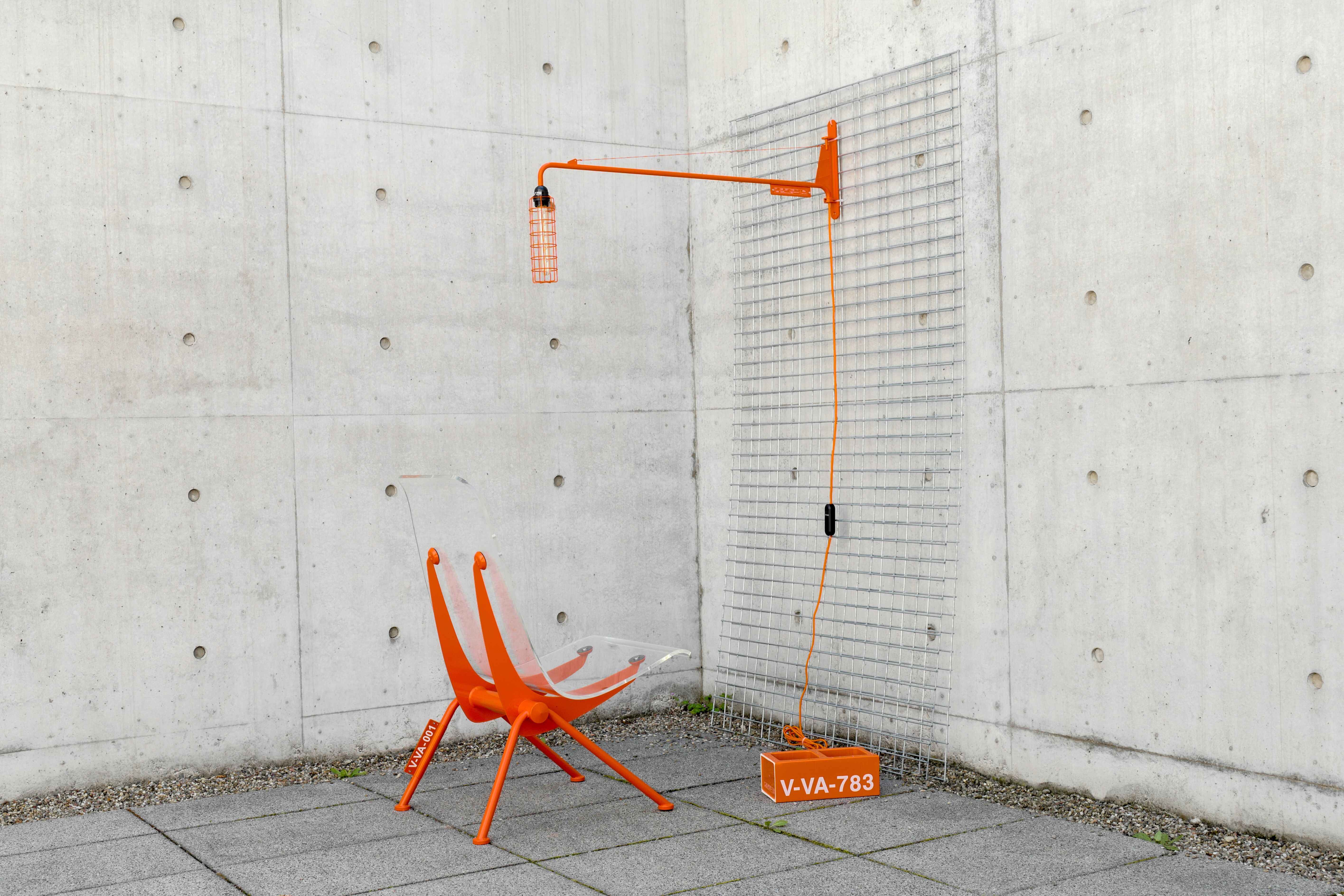
Photo by Joshua Osborne.
“One of the intentions of the collaboration was to address a much younger group of people,” Vitra’s CEO Nora Fehlbaum (herself a millennial) told me during the press preview. “Usually we design things that speak to a very small circle, an elite design tribe that we belong in, but Virgil is able to speak to a much wider audience.” However, despite Fehlbaum’s modesty, the company has a long history of investing early in design talent. Vitra’s founder was one of the first patrons of the then-relatively unknown American designers Charles and Ray Eames. And the building we were standing in, a firehouse built after a blaze ravaged of the campus’s factories, was the first building designed by a very young (and fiercely radical) Zaha Hadid.
Before the gates to the campus opened to a crowd hungry to line up to buy t-shirts and cinder blocks, Abloh, too, took a moment to reflect on the future of his own genre: “I think fashion is a gateway to other silos—art, design, cars. Fashion is just one sliver in the whole lifestyle component of our homes. We only have one closet that fits so much. So think this project wins just by communicating that.” The road between streetwear and furniture, it seems, will be paved one collectible brick at a time.
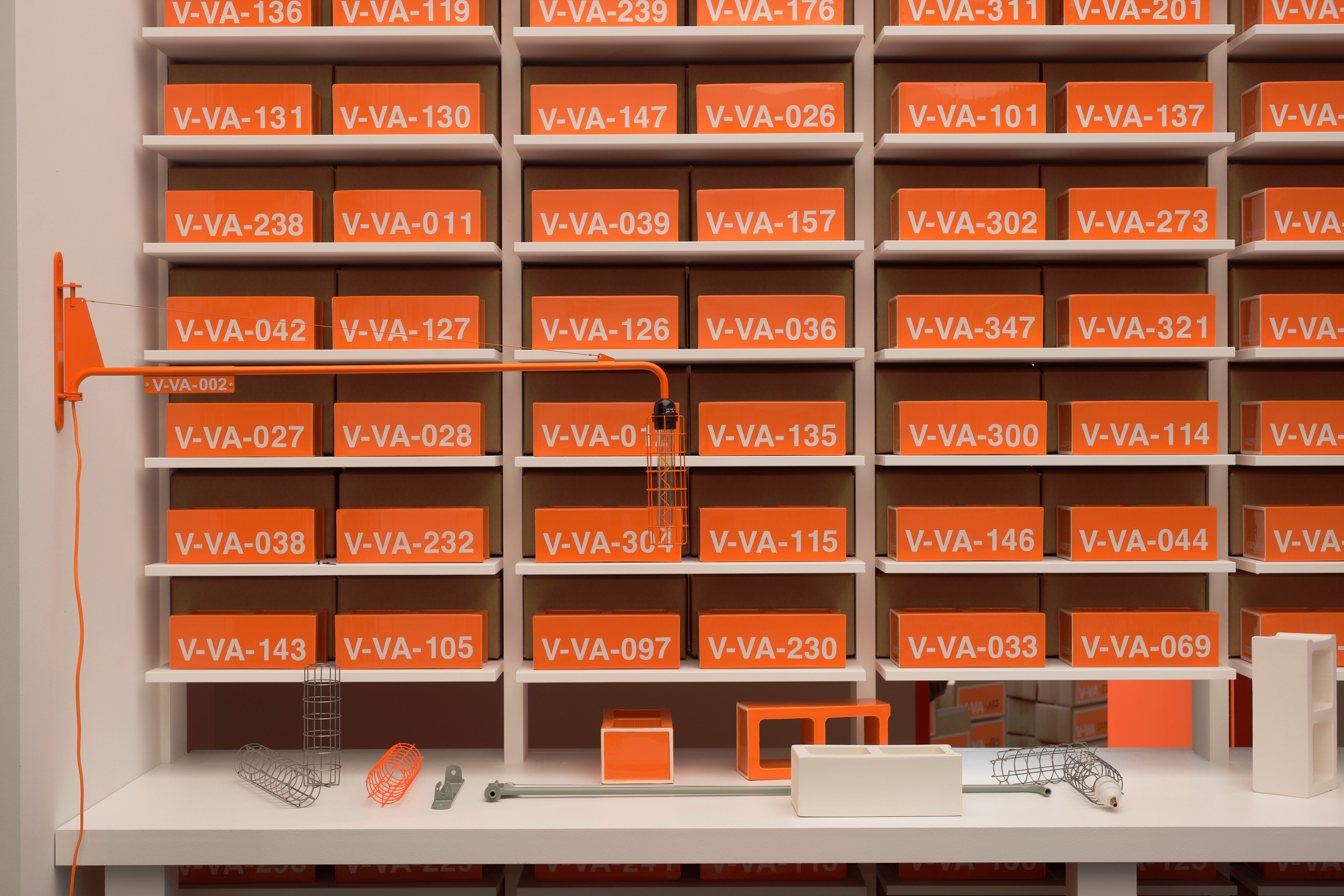
Photo by Julien Lanoo.

